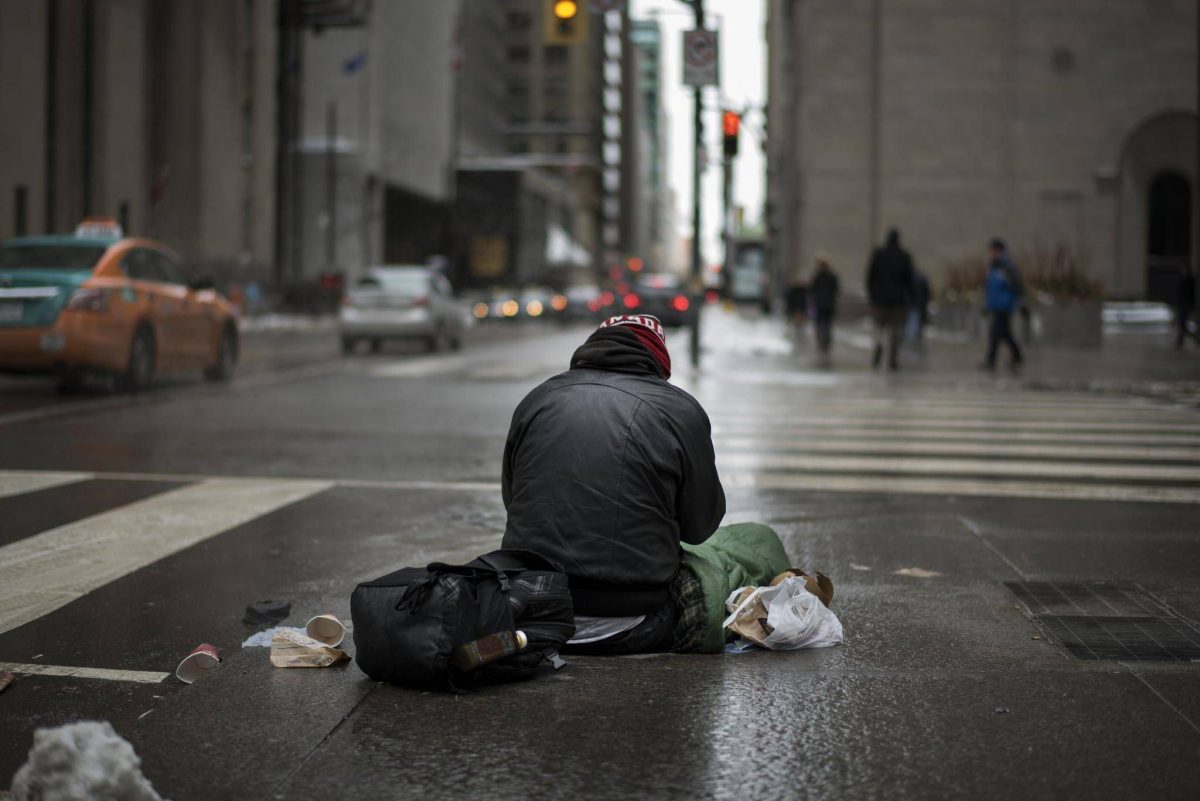
In its most basic definition, the term “homeless” is simply understood as not having a home or not having a permanent place to live.
Many of us share this kind of understanding and are inclined to think that a typical homeless person doesn’t have a roof over his head. But our idea of what is homelessness is partial and limited only to how we perceive them.
Further, our perception is also shaped by other influencing factors such as our family, peers, community, and what we see in the media.
The truth, however, is no one can justly fathom the reality of a person experiencing homelessness as there are diverse factors that caused people to be homeless.
Being homeless is not confined in one simple situation like living on the street. Some other situations, although not explicit, could still mean that a person is homeless.
These include people staying with family or friends, in breakfast hostels, in places unsuitable to one’s health condition, in overcrowded places, in violent homes, and other living conditions that makes a person feel uncomfortable and unsecured.
People who are in these situations are diverse. They do not belong to only one social category – meaning, anyone can possibly experience this situation.
Most homeless people are caught in their own personal circumstances like economic crises, domestic violence, and lack of family and social support.
But with amplified research efforts on this phenomenon, service providers and government agencies can develop support programs and services to address the diverse needs of homeless individuals.
